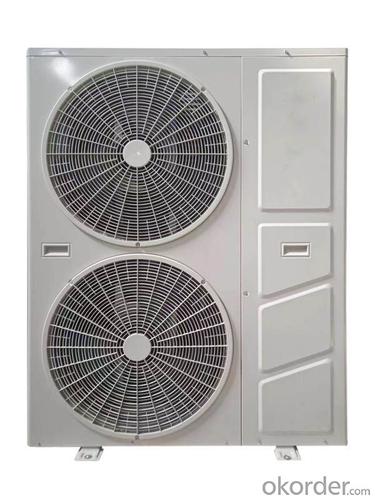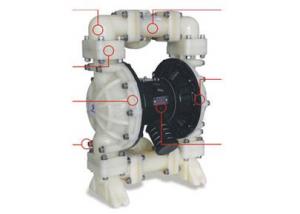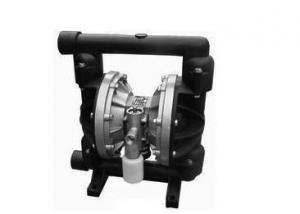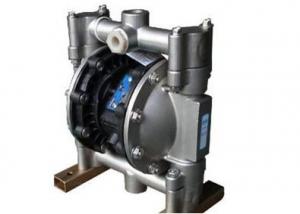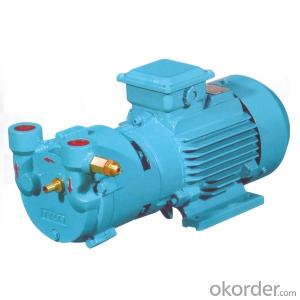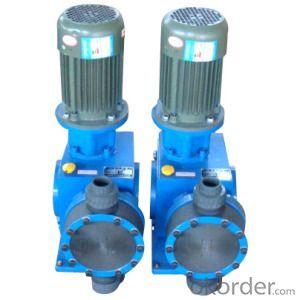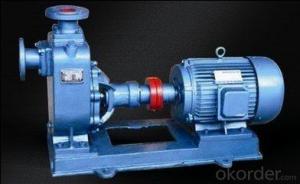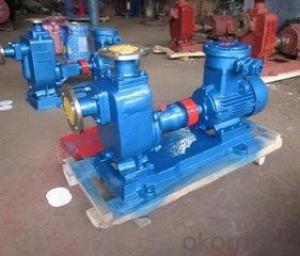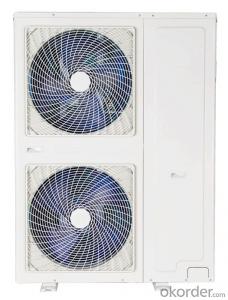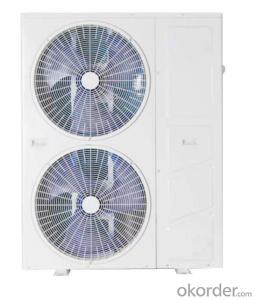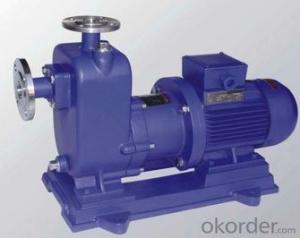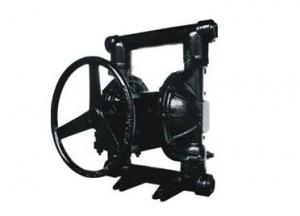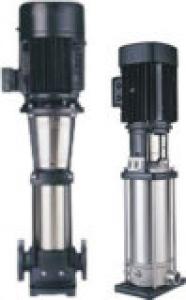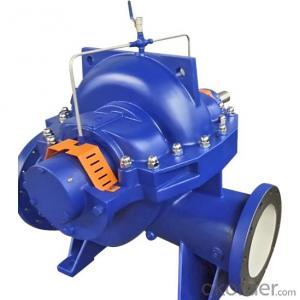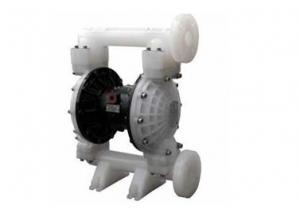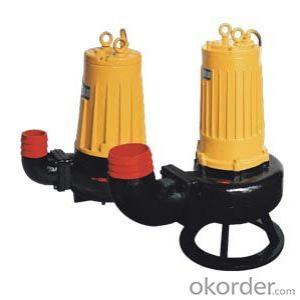Low ambient temperature air source heat pump 5p
- Loading Port:
- XINGANG
- Payment Terms:
- TT OR LC
- Min Order Qty:
- 5 watt
- Supply Capability:
- 500 watt/month
OKorder Service Pledge
OKorder Financial Service
You Might Also Like
●Bozhi air source heat pump 5P models, divided into 220V and 380V
●DC frequency conversion speed regulation technology
The use of DC frequency conversion compressor plus DC frequency conversion fan, according to user requirements can accurately adjust the running speed, efficient energy-saving, quiet and comfortable operation.
●Intelligent self-inspection and automatic early warning and repair
Automatic detection system running state, real-time algorithm analysis, and may foresee the problems of real-time intelligent early warning, avoidance, repair.
●Cloud platform expert hosting and remote control
The expert engineers can monitor, diagnose and warn the products in real time, and deal with them in time to keep the unit in good condition. Users can also remotely control the product through mobile phone APP on/off, operating mode, room temperature, etc.
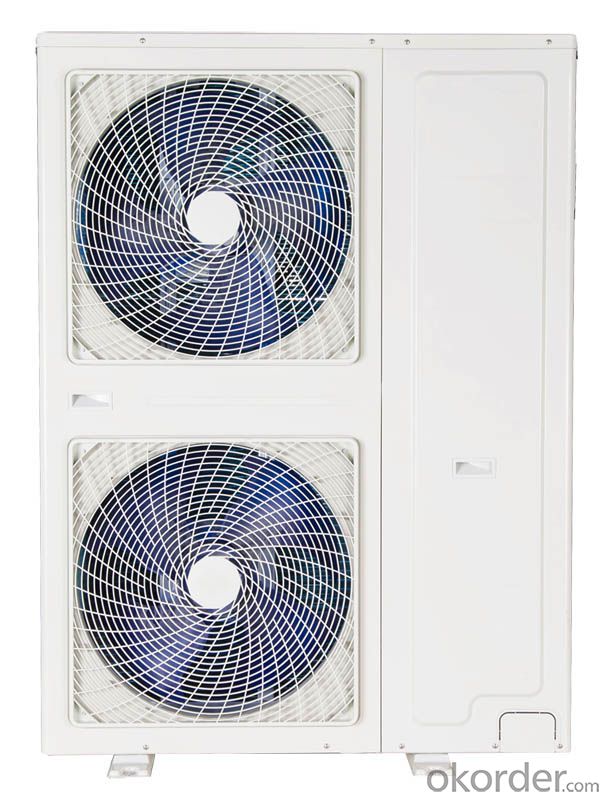
- Q: What is the maximum depth an air pump can effectively inflate objects underwater?
- The maximum depth an air pump can effectively inflate objects underwater depends on the specific pump's design and capabilities. However, most standard air pumps are not designed for underwater use and may not work effectively beyond a few feet or meters. Specialized pumps, such as those used by professional divers or for specific underwater applications, may be able to operate at greater depths.
- Q: Can an air pump be used for inflatable tents or structures?
- Indeed, inflatable tents or structures can be inflated using an air pump. Numerous inflatable tents and structures are equipped with a dedicated air pump that is specifically designed to facilitate both inflation and deflation. Typically, these pumps are either electrically powered or battery-operated and are outfitted with various nozzle attachments to accommodate the valves on the inflatable item. By utilizing an air pump, the process of setting up the tent or structure becomes effortless and swift, as it can inflate the item within minutes. To ensure appropriate inflation and to avoid any harm to the tent or structure, it is crucial to adhere to the manufacturer's instructions and recommended PSI (pounds per square inch) while employing the air pump.
- Q: Can an air pump be used for vacuum sealing?
- No, an air pump cannot be used for vacuum sealing as it is designed to pump air into a space, while vacuum sealing involves removing air from a package or container.
- Q: How does an air pump handle different types of nozzles?
- An air pump can handle different types of nozzles by having interchangeable adapters or fittings that can be attached to the pump's hose. These adapters are designed to fit various nozzle types, allowing the pump to accommodate different inflation needs such as inflating air mattresses, sports balls, or bicycle tires.
- Q: Can an air pump be used for vacuuming?
- No, an air pump cannot be used for vacuuming as it is designed to push air out rather than create a vacuum by sucking air in.
- Q: How does an air pump handle different inflation valve types?
- Various adapters are included with an air pump, allowing it to handle different types of inflation valves. These adapters can be easily attached to the pump's nozzle. Each adapter is designed to fit a specific valve type, such as a Presta valve or a Schrader valve. When inflating an object with a particular valve type, the appropriate adapter is chosen and securely attached to the pump's nozzle. To inflate an object, the air pump's nozzle, with the adapter in place, is inserted into the valve of the object. Depending on the type of air pump, it can be operated either by manually pumping air or using an electric motor. The adapters are designed to ensure a tight and secure connection between the pump and the valve, allowing for efficient inflation. This versatility in handling different types of inflation valves makes an air pump a convenient tool for inflating a variety of objects, including bicycle tires, sports balls, inflatable mattresses, and more.
- Q: How to prevent overheating of an air pump during continuous operation?
- To avoid the air pump from overheating while operating continuously, there are multiple measures that can be taken: 1. Adequate ventilation: Ensure that the air pump is placed in an area with good ventilation. This will allow for proper airflow, dissipating heat and preventing overheating. Avoid confining the pump or obstructing the ventilation openings. 2. Regular upkeep: Routinely clean the air pump and its components to eliminate any dirt, dust, or debris that may accumulate over time. This will help maintain optimal airflow and prevent overheating. 3. Temperature monitoring: Utilize a temperature monitoring device or thermometer to keep track of the pump's temperature during operation. A significant rise in temperature may indicate potential overheating. Take immediate action to address the issue. 4. Avoid overloading: Do not exceed the recommended load capacity of the air pump. Overworking the pump generates more heat and increases the risk of overheating. Always refer to the manufacturer's specifications and use the pump accordingly. 5. Thermal insulation: If the air pump is situated in an area with high ambient temperatures, consider using thermal insulation materials around it. This will insulate the pump from excessive heat and maintain a more stable operating temperature. 6. Take periodic breaks: If the air pump is designed for continuous operation but needs to run for long durations, implement regular breaks. This will allow the pump to cool down and reduce the risk of overheating. Consult the manufacturer's guidelines for recommended break intervals. 7. Install a cooling fan: Depending on the specific model of the air pump, it may be possible to install an additional cooling fan. This can enhance airflow and dissipate heat more effectively, thereby preventing overheating. Ultimately, preventing overheating in an air pump requires a combination of proper maintenance, monitoring, and ensuring optimal operating conditions. By following these steps, you can extend the lifespan of your air pump and minimize the risk of malfunctions due to overheating.
- Q: How does an air pump handle different power supply options?
- An air pump typically handles different power supply options by offering various input voltage options or by being compatible with different types of power sources such as batteries, AC outlets, or car cigarette lighters. This flexibility allows users to choose the most suitable power supply option depending on their needs and the available resources.
- Q: How does an air pump handle varying air pressure?
- An air pump handles varying air pressure by adjusting its internal mechanisms to either increase or decrease the amount of air being pumped in response to changes in the surrounding air pressure.
- Q: What is the maximum distance an air pump can push air?
- The maximum distance an air pump can push air depends on various factors such as the power and design of the pump, the pressure it can generate, and the resistance it encounters in the system it is connected to. Generally, air pumps are designed to push air within a relatively short distance, typically within a few feet or meters. For example, a typical handheld air pump used for inflating tires or sports equipment may be able to push air for several feet, allowing for inflation within a close range. However, if you try to push air through a longer distance using such a pump, the pressure and force would decrease significantly, resulting in limited effectiveness. On the other hand, industrial-grade air pumps or compressors can generate higher pressures and are capable of pushing air over longer distances. These powerful pumps are often used in applications such as pneumatic systems, HVAC systems, or large-scale industrial operations. The maximum distance they can push air varies depending on their specifications and the specific requirements of the system they are connected to. In conclusion, the maximum distance an air pump can push air is not a fixed value but rather depends on the type, power, and design of the pump, as well as the resistance it encounters. It is important to choose the right pump for the intended application and consult the manufacturer's specifications for optimal performance.
Send your message to us
Low ambient temperature air source heat pump 5p
- Loading Port:
- XINGANG
- Payment Terms:
- TT OR LC
- Min Order Qty:
- 5 watt
- Supply Capability:
- 500 watt/month
OKorder Service Pledge
OKorder Financial Service
Similar products
Hot products
Hot Searches


